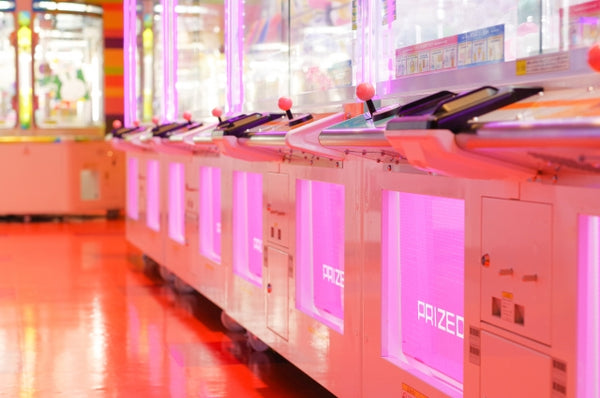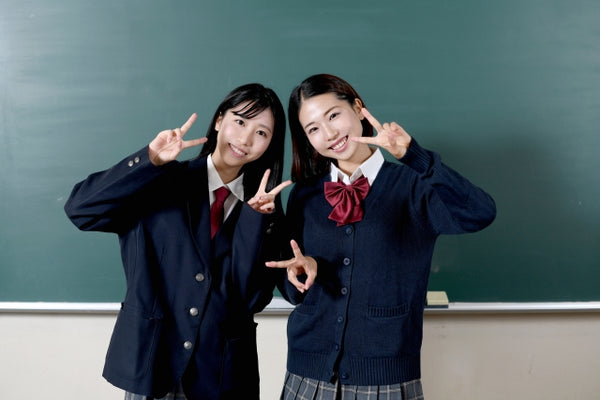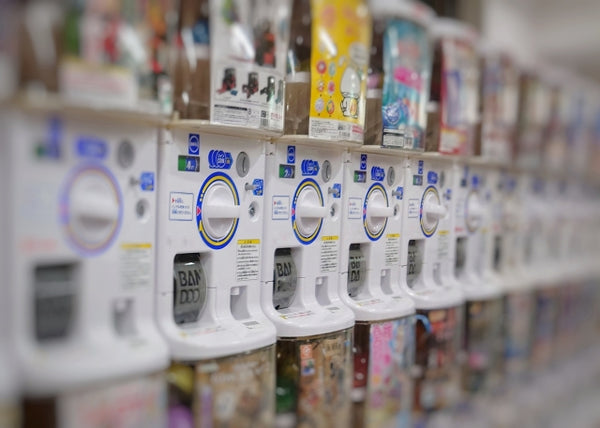Purikura: Capturing Japan's Photobooth Phenomenon

If you've ever strolled through a Japanese arcade, beyond the UFO Claw machines and dance games, you might have come across purikura machines. Puri kura, a Japanese photo booth craze that emerged in the 1990s, remains popular today. The term combines "purinto" (print) and "kamera" (camera). Initially a hit among young girls and teenagers, purikura now appeals to a diverse audience across all genders. These booths offer a fun experience where people can take photos, decorate them with digital stickers, text, and drawings, and print them out to take home.

The invention of purikura can be credited back to Japanese video game developer Atlus in 1995, with the first machine debuting under the name “print club” in Japanese game centers and arcades. These machines quickly became popular, especially among young people and teenage girls, due to the ability to add a personal flair through cute stickers, effects, and backgrounds that added a fun and creative element to the experience.
Key aspects of purikura include:
-
Photobooth experience: Purikura booths are typically found in arcades, game centers, shopping malls, and entertainment areas in Japan. They are equipped with a private booth area and a touchscreen interface.
-
Customization: After taking the photos in the booth, users can customize their pictures by adding decorative elements like colorful frames, backgrounds, filters, text, and digital stickers. Most booths even allow for freehand drawing on the images.
-
Physical and digital sharing: The early generation of purikura booths once allowed users to print the physical copies onto sticker sheets. These sheets often contained multiple copies of the same photo so that users could share them with friends or use them as decoration. While they are now printed on high-quality photo paper, many purikura booths now supply the print-outs with a QR code leading users to a link where they can download their photos to their mobile devices.
-
Variety of booths: There are many types of purikura booths, ranging from basic ones with simple editing features to more advanced ones. Purikura also often reflects the current fashion and cultural trends. The booth settings and sticker availability may change with the seasons or to match popular themes.
- Global and social influences: Purikura is more than just taking photos; it is also a social activity amongst friends often done to commemorate a friendship or an outing. Because purikura is so popular, iterations of it can be found globally in other countries where they are known by different names such as “sticker photos” or “photo sticker booths.”

As the purikura phenomenon continues to evolve, it remains a vivid emblem of Japanese youth culture. These whimsical photo booths have become a medium for preserving memories in a uniquely charming way, capturing not just images, but the lasting joy of shared experience.
About the author:
 Samantha Kwok
Samantha KwokSamantha is currently a 5th-year JET in Okinawa, originally from Hawaii. She has been somewhat connected to Japanese culture her whole life despite being Chinese American. She's had the privilege of traveling to Japan and experiencing Japanese culture at a young age. She loves food and is always looking to try new places. When she is not working or out eating, she is an avid baker at home and has been known to feed her colleagues an excessive amount of baked goods.




